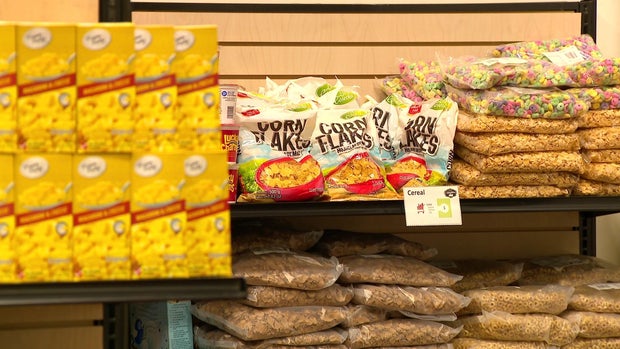- News/

Cassie Kienbaum, director of food support programming at Neighborhood House in St. Paul, said her organization is spending an additional $7,000 a month to keep supply stocked to meet demand.
“We find that on a regular basis, we do not have enough food on our shelves to respond to the number of families who are seeking help,” she explained.
Food shelves were once an emergency service but are now becoming a commonly used lifeline, she added. The state legislature earlier this year passed an extra $5 million in one-time funding to support food shelves and advocates would like to see more support next year when they return.
“How we address hunger from this moment forward will have a huge impact on the health and well being of our state,” said Allison O’Toole, CEO of Second Harvest Heartland.
PRISM in Golden Valley, which offers a range of assistance, spends $36,000 a month stocking its food shelf. But with inflation, it “simply doesn’t get as much food as it used to,” executive director Michelle Ness told WCCO in an interview Monday.
Visits there have increased by 54% compared to last year. Numbers are higher than they were during the peak of the pandemic.
“We’re seeing the numbers of families visiting the food shelf go up, but our purchasing power even through the food banks has gone down,” Ness said. “So we’re really excited about this announcement and hopeful that it will result in some more food for us to be able to provide directly to families.”
